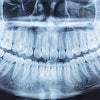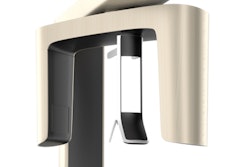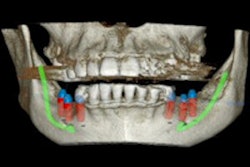All cone-beam CT (CBCT) examinations in implant dentistry should be justified on an individualized needs basis, and the benefits must outweigh the risks, according to a consensus report issued by the International Congress of Oral Implantologists (ICOI) in the April issue of Implant Dentistry.
The ICOI supported the development of this report to provide scientifically based guidance to clinicians regarding proper use of CBCT in implant dentistry (ID, 2012, Vol. 21:2, pp. 78-86). For the report, ICOI members conducted a PubMed search that included studies published between January 1, 2000, and July 31, 2011. They also gave oral presentations on the top at a 2011 meeting of the ICOI in Seoul, South Korea.
They found that the literature supports the use of CBCT in dental implant treatment planning, particularly in regards to linear measurements, 3D evaluation of alveolar ridge topography, proximity to vital anatomical structures, and fabrication of surgical guides.
As a result of this effort, the ICOI made the following recommendations:
- All CBCT examinations, as all other radiographic examinations, must be justified on an individualized needs basis.
- The benefits to the patient for each CBCT scan must outweigh the potential risks.
- CBCT scans should not be taken without initially obtaining thorough medical and dental histories and performing a comprehensive clinical examination.
- CBCT should be considered as an imaging alternative in cases where the projected implant receptor or bone augmentation site(s) are suspect, and conventional radiography may not be able to assess the true regional 3D anatomical presentation.
- The smallest possible field of view should be used, and the entire image volume should be interpreted.



















